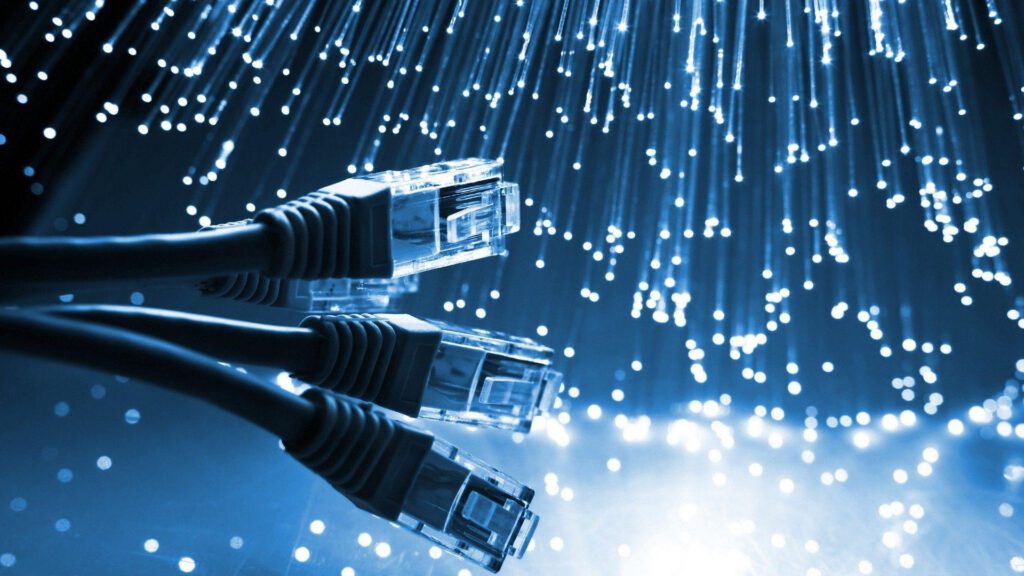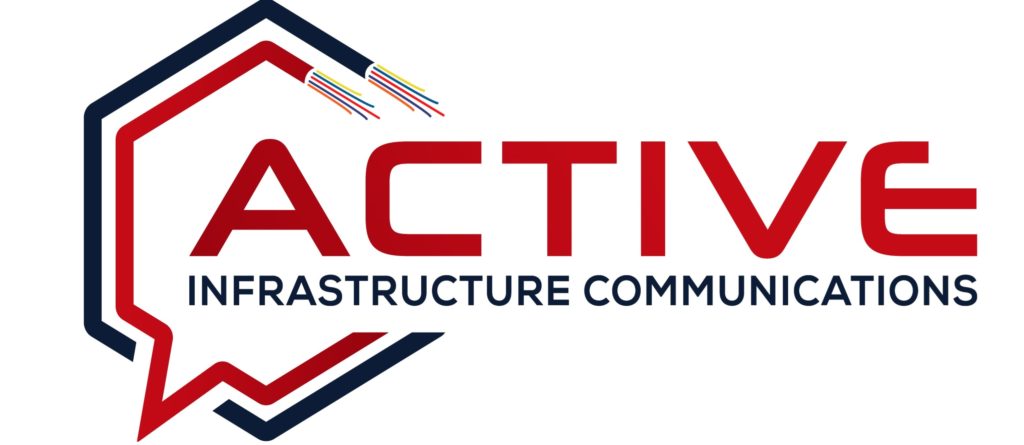Services
Fiber Optics
Fiber Optics Technology
Fiber optic technology refers to the transmission of data through thin, flexible strands of glass or plastic fibers that carry pulses of light over long distances. Specifically, it is a key technology in modern telecommunications and networking due to its high bandwidth, fast data transmission speeds, and immunity to electromagnetic interference.
As demand for high-speed, reliable data transmission continues to grow, fiber optic technology remains essential for supporting advanced applications such as 5G networks, cloud computing, and Internet of Things (IoT) devices. Furthermore, ongoing advancements in fiber optic technology, including improved efficiency and higher transmission speeds, ensure its continued relevance in shaping the future of telecommunications and networking infrastructure.
FUTURE OF FIBER OPTICS TECHNOLOGY
Key Aspects of Service Calls:
Optical Fiber:
• Core: Thin glass or plastic filament through which light travels.
• Cladding: Surrounds the core with a lower refractive index to guide light within the core.
• Buffer Coating: Outer layer that protects the fiber from damage and moisture.
Types of Fiber Optic Cables:
• Single-mode Fiber (SMF): Used for long-distance transmission with a single mode of light traveling down the fiber core.
• Multi-mode Fiber (MMF): Suitable for shorter distances with multiple modes of light traveling down the fiber core.
Transmitters and Receivers:
• Light Source: Converts electrical signals into optical signals (light pulses) for transmission.
• Photo Detector: Converts received light pulses back into electrical signals.
Optical Connectors and Splicing:
• Connectors: Join fiber optic cables or connect them to network devices (e.g., SC, LC, ST connectors).
• Splicing: Permanent joining of two fiber optic cables to create a continuous optical path.
Applications of Fiber Optic Technology:
• Telecommunications: Backbone networks, long-distance communication, and internet backbone infrastructure.
• Data Centers: High-speed data transmission between servers, storage devices, and networking equipment.
• Cable Television (CATV): Distribution of high-definition video and internet services to homes and businesses.
• Military and Aerospace: Secure and reliable communication and sensor systems.
Advantages of Fiber Optic Technology:
•High Bandwidth: Capable of transmitting large amounts of data at speeds up to terabits per second.
• Low Latency: Minimal signal degradation over long distances, resulting in faster data transmission.
• Security: Difficult to tap or intercept compared to traditional copper cables due to the nature of light transmission.
• Reliability: Resistant to electromagnetic interference (EMI) and radio frequency interference (RFI).
Challenges and Considerations:
• Cost: Initial installation costs can be higher than copper cables, though this is often offset by long-term reliability and performance.
• Installation and Maintenance: Requires specialized tools and expertise for installation and splicing.

Contact us today to discover how our expertise and dedication can benefit your telecommunications projects
Experience firsthand why Active Infrastructure Communications is the trusted choice for superior service and exceptional results.
